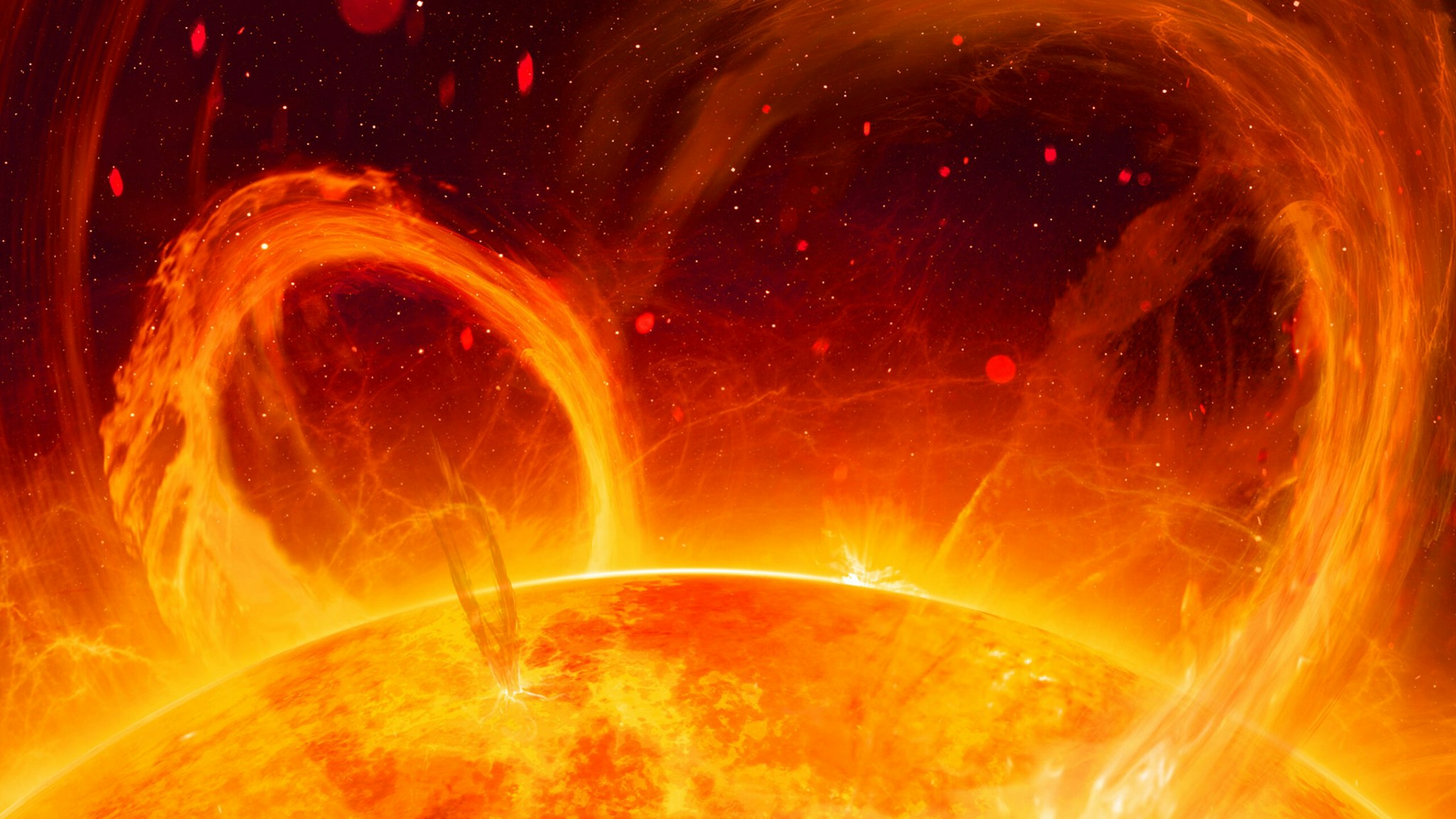A massive sunspot named AR3038 doubled in size over the last 24 hours, sparking concerns about a solar flare alert that may head toward Earth.
SpaceWeather.com reports the sunspot went from “big” to “enormous” within a day.
Sunspots produce radiation waves after forming dark areas on the sun’s surface with strong magnetic fields.
Spaceweather.com also added it has an “unstable beta-gamma magnetic field that harbors energy for M-class solar flares.”
“And it is directly facing Earth,” the website says.
NASA’s Solar Dynamics Observatory video footage confirms AR3038 has evolved while twisting and contorting, techexplorist.com reports.
Although M-class flares — the second largest out of five solar flares ranked — can temporarily cause radio blackouts for approximately ten minutes and disrupt GPS signal transmissions, the explosions are not strong enough to cause any physical harm.
X-class flares can cause more significant disruption on Earth, such as radio communication interference for network and marine or aviation navigation systems.
“The explosive heat of a solar flare can’t make it all the way to our globe, but electromagnetic radiation and energetic particles certainly can,” according to NASA.
Currently, the National Oceanic and Atmospheric Administration’s Space Weather Prediction Center has not issued any warnings about a solar flare event, but is keeping an eye on its progress.
Like the Richter scale for tracking earthquakes, scientists divide solar flares into five separate letter categories — A, B, C, M, and X — ranging from smallest to largest.
Each solar flare sends energy, light, and high-speed particles into space after giant explosions occur.
Last month, the Space Weather Prediction Center reported that an “impulsive” X-class solar flare exploded from the sun sending high-frequency energy and light that likely restricted sunlight on much of the Atlantic Ocean, and portions of eastern North and South America, western Africa, and Europe.
Solar flare activity increases approximately every 11 years, with NASA claiming large and small radiation-filled flares will impact the Earth in the future.

